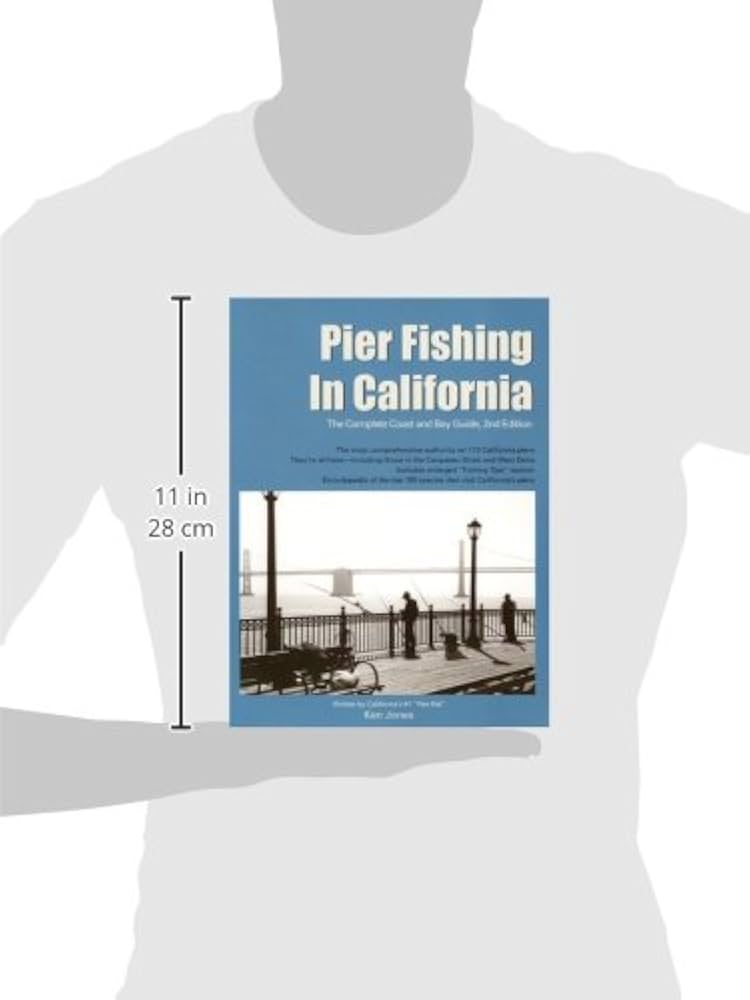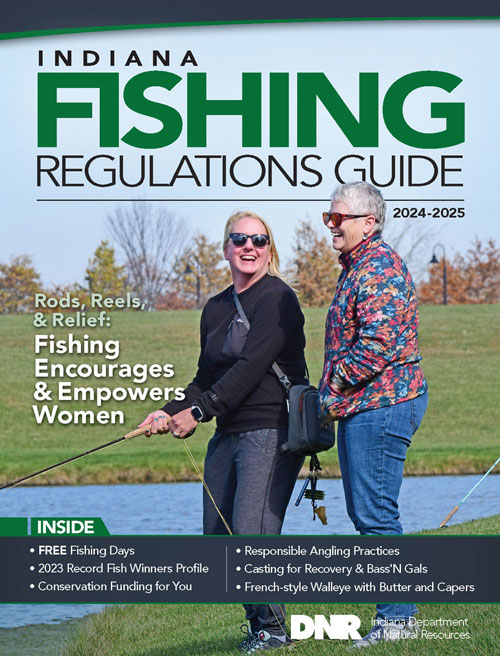Pesca En Agua Dulce, Especies, Lugares Pescar: Top Destinations
Fishing in fresh water offers many adventures. From rivers to lakes, the excitement is endless.
Freshwater fishing is a popular hobby for many. It provides a peaceful escape and a chance to connect with nature. Knowing where to fish and what species to look for can make the experience even better. In this blog post, we will explore the world of freshwater fishing.
We will dive into the various fish species you can catch. We will also guide you to the best places to cast your line. Whether you are a beginner or an experienced angler, this guide will help you enjoy your fishing trips more. Get ready to discover new fishing spots and learn about fascinating fish species. Let’s begin our adventure in the world of freshwater fishing!
Introduction To Freshwater Fishing
Freshwater fishing is a popular and relaxing activity. It allows you to connect with nature. You don’t need to travel far. Many local lakes, rivers, and ponds offer great fishing spots. It’s an activity that people of all ages can enjoy. You can do it alone or with friends and family. Let’s dive into the world of freshwater fishing.
Benefits Of Freshwater Fishing
Freshwater fishing has many benefits. It promotes relaxation and reduces stress. Spending time in nature calms the mind. It also improves focus and patience. Fishing is a great way to bond with others. Sharing a fishing trip creates lasting memories. It’s also good exercise. Walking, casting, and reeling in fish keep you active.
Popular Freshwater Fish Species
There are many fish species you can catch in freshwater. Bass is a favorite among anglers. They are strong and put up a good fight. Trout is another popular choice. They are found in cold, clear waters. Catfish are common in rivers and lakes. They are known for their size and strength. Panfish, like bluegill and crappie, are great for beginners. They are small and easy to catch.
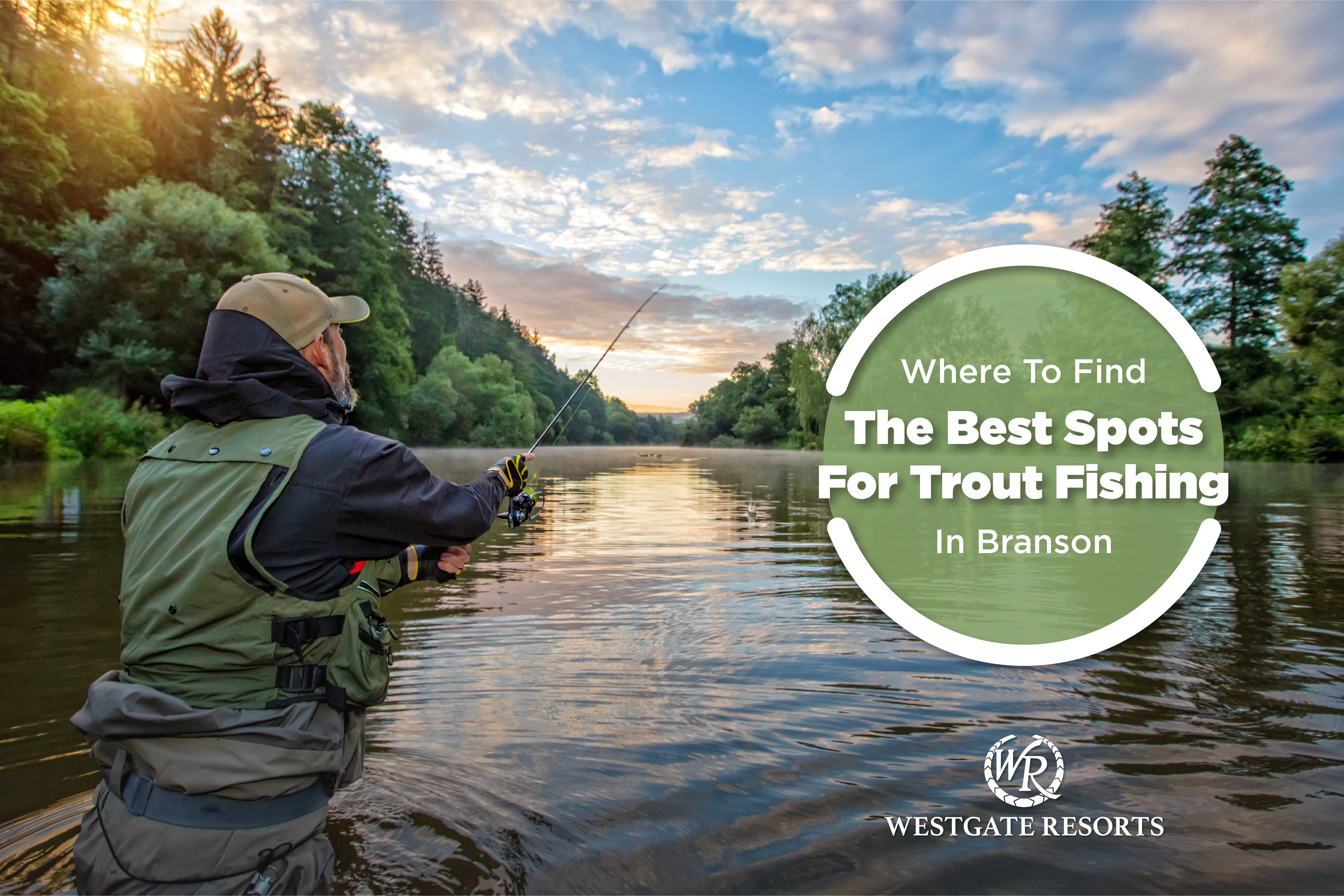
Credit: www.westgateresorts.com
Essential Gear For Freshwater Fishing
Freshwater fishing is a rewarding and fun activity. To make the most of your fishing trips, having the right gear is crucial. Below, we will discuss the essential items you need for a successful freshwater fishing experience.
Fishing Rods And Reels
Fishing rods and reels form the backbone of your fishing gear. The type of rod and reel you choose can greatly affect your fishing success.
| Type | Best For | Advantages |
|---|---|---|
| Spinning Rod | Beginners | Easy to use, versatile |
| Baitcasting Rod | Experienced Anglers | Accurate casting, good for larger fish |
| Fly Rod | Fly Fishing | Lightweight, good for precise casting |
Choose a rod and reel that fits your skill level and fishing style. For beginners, a spinning rod is the best choice. Experienced anglers might prefer baitcasting rods for their precision.
Bait And Lures
Having the right bait and lures can make a big difference. Different fish species are attracted to different types of bait.
- Live Bait: Worms, minnows, and insects. Effective for most freshwater species.
- Artificial Lures: Crankbaits, spinnerbaits, and soft plastics. Mimic the appearance and movement of prey.
- Fly Fishing Lures: Dry flies, wet flies, and nymphs. Ideal for catching trout and other fly fishing targets.
Experiment with various baits and lures to see what works best in your fishing spot. Always have a variety in your tackle box to adapt to changing conditions.
Top Freshwater Fish Species
Freshwater fishing offers a wide variety of fish species to catch. Each species has its own unique characteristics and challenges. This makes freshwater fishing an exciting adventure. Below are some of the top freshwater fish species that anglers love to pursue.
Bass
Bass are one of the most popular freshwater fish. They are known for their aggressive behavior and strong fight. There are two main types of bass: Largemouth Bass and Smallmouth Bass. Largemouth Bass are larger and have a bigger mouth. Smallmouth Bass are smaller but are known for their powerful jumps.
- Preferred baits: Plastic worms, crankbaits, and jigs
- Common habitats: Lakes, ponds, and rivers with plenty of cover
Trout
Trout are another favorite among freshwater anglers. They are known for their beautiful colors and tasty meat. There are several types of trout, including Rainbow Trout, Brown Trout, and Brook Trout. Each type has its own unique habitat and behavior.
- Preferred baits: Flies, small spinners, and live bait
- Common habitats: Cold, clear streams and rivers
Catfish
Catfish are known for their whisker-like barbels around their mouths. These bottom-dwellers are often found in murky waters. There are different types of catfish, such as Channel Catfish, Flathead Catfish, and Blue Catfish. Catfish can grow very large and put up a strong fight.
- Preferred baits: Stink baits, chicken liver, and nightcrawlers
- Common habitats: Rivers, lakes, and reservoirs
Pike
Pike are known for their long, slender bodies and sharp teeth. They are fierce predators and can be a thrilling catch. The most common type is the Northern Pike. Pike often hide in weedy areas and ambush their prey.
- Preferred baits: Spinnerbaits, spoons, and live baitfish
- Common habitats: Shallow lakes, rivers, and marshes
Best Freshwater Fishing Locations
Freshwater fishing offers a unique experience for anglers. It provides diverse species and various scenic locations. Here, we explore some of the best freshwater fishing spots around the world.
North America
North America boasts many excellent freshwater fishing locations. Lake Michigan, for example, is famous for its trout and salmon. The Great Lakes offer a variety of species and beautiful surroundings. Another great spot is Lake Okeechobee in Florida, known for large-mouth bass.
Europe
Europe also has many freshwater fishing spots. Loch Ness in Scotland is a well-known location. It is home to brown trout and Atlantic salmon. Another fantastic destination is Lake Garda in Italy. Anglers can catch pike, carp, and perch here.
Asia
Asia provides some unique fishing experiences. In Thailand, the Bung Sam Lan Lake is popular. It houses giant Mekong catfish and Siamese carp. Another top spot is the Kenyir Lake in Malaysia, where anglers can find snakehead fish and giant gourami.
Australia
Australia offers great freshwater fishing opportunities. The Murray River is ideal for catching Murray cod and golden perch. The Fitzroy River is another excellent location. It is known for barramundi and sooty grunter.
Techniques For Freshwater Fishing
Freshwater fishing offers a rewarding experience for anglers of all skill levels. Different techniques can be used to catch a variety of fish species in lakes, rivers, and streams. Knowing the right technique for the right situation makes a significant difference in your success.
Fly Fishing
Fly fishing is a popular method for catching trout and salmon. It uses a lightweight lure called a fly. This technique involves casting the fly using a special line and rod. The aim is to mimic the behavior of insects. Anglers use different flies to attract fish based on the season and water conditions.
| Equipment | Purpose |
|---|---|
| Fly Rod | For casting the fly |
| Fly Reel | Holds the line |
| Fly Line | Enables fly casting |
| Flies | Imitates insects |
Spin Fishing
Spin fishing uses a spinning reel and rod. It is suitable for catching a wide range of fish species. This technique is beginner-friendly. It involves casting a lure and retrieving it to attract fish. Different lures can be used, such as spinners, spoons, and soft plastics.
- Spinnerbaits: Good for bass and pike
- Spoons: Effective for trout and salmon
- Soft Plastics: Versatile for various species
Baitcasting
Baitcasting involves using a baitcasting reel mounted on top of the rod. This technique is ideal for targeting larger fish. It provides better accuracy and control over the cast. Baitcasting rods are usually stiffer, providing more power for casting heavier lures.
Key components for baitcasting include:
- Baitcasting Rod
- Baitcasting Reel
- Heavy Lures
Seasonal Fishing Tips
Fishing in freshwater offers a unique experience each season. Understanding how fish behave and adapt to seasonal changes can improve your catch rate. By adjusting your techniques, you can enjoy successful fishing year-round.
Spring Fishing Tips
In spring, fish become more active as water temperatures rise. Focus on shallow areas where fish spawn. Use bright-colored lures to attract their attention. Early mornings and late afternoons are the best times to fish.
Summer Fishing Tips
Summer can be challenging as fish move to deeper, cooler waters. Fish early in the morning or late in the evening when temperatures are lower. Use slow, steady retrieval techniques. Consider using live bait for better results.
Fall Fishing Tips
Fall offers excellent fishing opportunities as fish feed heavily before winter. Look for fish in shallow waters near structures. Use medium to large-sized baits. Focus on midday fishing when water temperatures peak.
Winter Fishing Tips
Winter fishing requires patience. Fish move slowly in cold water. Use smaller baits and fish at a slower pace. Concentrate on deeper waters where fish find stable temperatures. Late morning to early afternoon are the best times to fish.
Conservation And Ethical Fishing
Conservation and ethical fishing are vital for maintaining healthy freshwater ecosystems. They ensure that future generations can enjoy fishing too. By adopting responsible practices, anglers can contribute to the preservation of fish populations and their habitats.
Catch And Release Practices
Catch and release is an essential practice in ethical fishing. It helps sustain fish populations. When you catch a fish, handle it gently. Wet your hands before touching the fish. This prevents damaging its protective slime layer. Use barbless hooks to reduce injury. Quickly return the fish to the water. Ensure it swims away on its own.
Sustainable Fishing Methods
Sustainable fishing methods are crucial for conservation. Use eco-friendly gear and tackle. Avoid using lead sinkers, as they can harm wildlife. Fish during seasons when populations are abundant. This prevents overfishing. Follow local regulations and limits. They are designed to protect fish species.
Choose fishing spots wisely. Avoid overfished areas. Research and select locations where fish populations are healthy. This supports the local ecosystem. By practicing sustainable fishing methods, you contribute to the long-term health of freshwater environments.
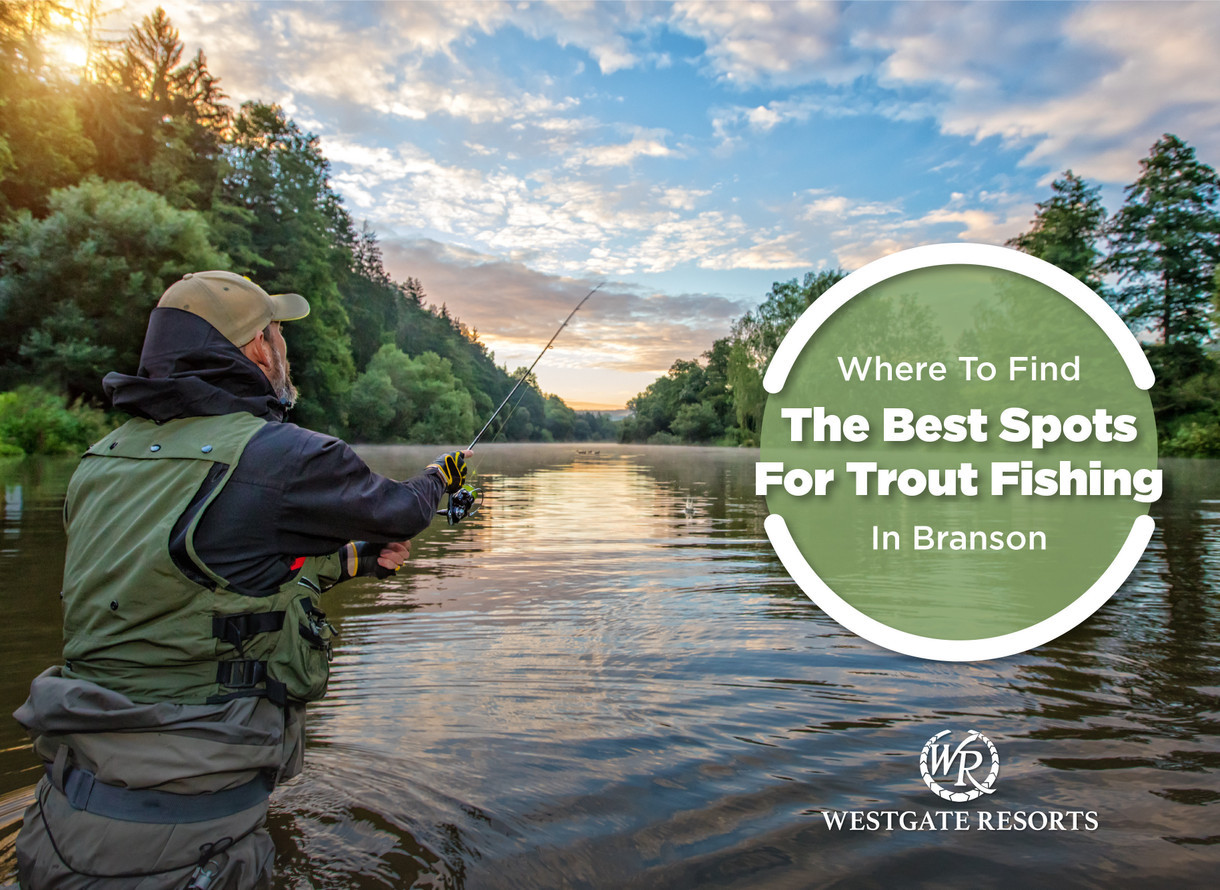
Credit: www.westgateresorts.com
Planning Your Fishing Trip
Planning a freshwater fishing trip can be exciting. Whether you’re a seasoned angler or a beginner, preparing well ensures a great experience. Proper planning includes packing the right gear, ensuring safety, and understanding local regulations.
Packing Essentials
The right gear makes your trip enjoyable. Start with a sturdy fishing rod and reel. Bring a variety of baits and lures. Pack a tackle box with extra hooks, lines, and sinkers. Don’t forget a fishing net for easy catch retrieval.
Other essentials include a hat and sunglasses to protect against the sun. Wear comfortable, weather-appropriate clothing. Carry a first-aid kit for minor injuries. Always bring enough food, water, and a cooler for your catch.
Safety Tips
Safety should be a priority on your fishing trip. Always inform someone of your plans. Check the weather forecast to avoid bad conditions. Wear a life jacket if fishing from a boat. Be cautious of slippery surfaces near water.
Handle fishing gear carefully to avoid injuries. Use sunscreen to protect your skin. Stay hydrated throughout the day. Keep a safe distance from other anglers to prevent accidents.
Local Regulations
Understanding local fishing regulations is crucial. Check if you need a fishing license. Know the legal size and bag limits for different species. Follow seasonal restrictions to protect fish populations.
Respect protected areas and catch-and-release guidelines. Always dispose of waste properly to preserve the environment. Familiarize yourself with the local rules to avoid fines and penalties.
Conclusion And Final Thoughts
Freshwater fishing offers a fantastic way to connect with nature. It’s a rewarding activity, whether you’re a beginner or an experienced angler. Reflecting on the key points of this blog can help you appreciate the diverse species and beautiful fishing spots available.
Recap Of Key Points
Let’s revisit the main points:
- Freshwater fish species: Different species inhabit lakes, rivers, and ponds. Common species include bass, trout, and catfish.
- Fishing locations: Many scenic spots provide great fishing opportunities. Local parks, rivers, and reservoirs are ideal places to start.
- Techniques and gear: Basic gear includes rods, reels, and bait. Techniques vary, but all can be learned with practice.
Encouragement To Start Fishing
Ready to start your fishing adventure? Follow these simple steps:
- Research local spots: Find a nearby lake or river.
- Gather your gear: Buy or borrow basic fishing equipment.
- Learn the rules: Check local fishing regulations and obtain a license if needed.
- Practice patience: Fishing can be relaxing and rewarding. Enjoy the process.
Take the plunge. Embrace the challenge of freshwater fishing. It’s an enjoyable way to spend time outdoors and connect with nature. Happy fishing!
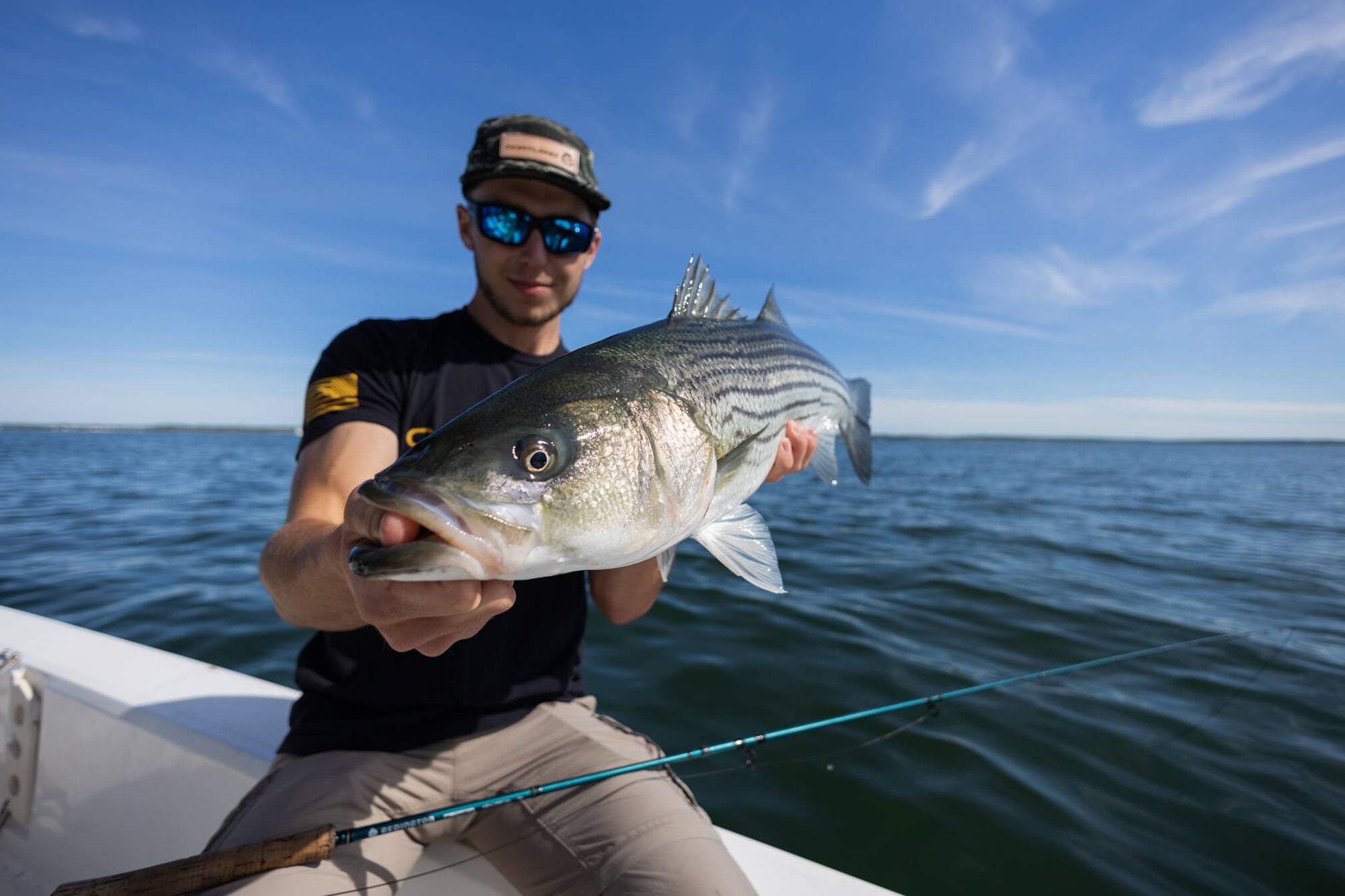
Credit: www.cortlandline.com
Frequently Asked Questions
What Is Freshwater Fishing?
Freshwater fishing involves catching fish in rivers, lakes, and ponds. It is a popular recreational activity. Freshwater fishing offers diverse species and serene environments.
Which Fish Species Are Common In Freshwater?
Common freshwater species include bass, trout, catfish, and carp. Each species has unique behaviors and habitats. These fish provide exciting challenges for anglers.
Where Are The Best Freshwater Fishing Spots?
Top freshwater fishing spots include Lake Tahoe, the Mississippi River, and the Great Lakes. These locations offer abundant fish populations and beautiful scenery.
What Equipment Is Needed For Freshwater Fishing?
Basic equipment includes a fishing rod, reel, line, and bait. Additional gear like tackle boxes and nets can be useful. Always choose equipment suited for the targeted fish species.
Conclusion
Freshwater fishing offers endless excitement and relaxation. Many species await your bait. Local lakes and rivers provide ideal spots. Explore new places, discover hidden gems. Connect with nature and unwind. Each fishing trip brings new memories. Enjoy the simple pleasures of freshwater fishing.
Happy fishing!



